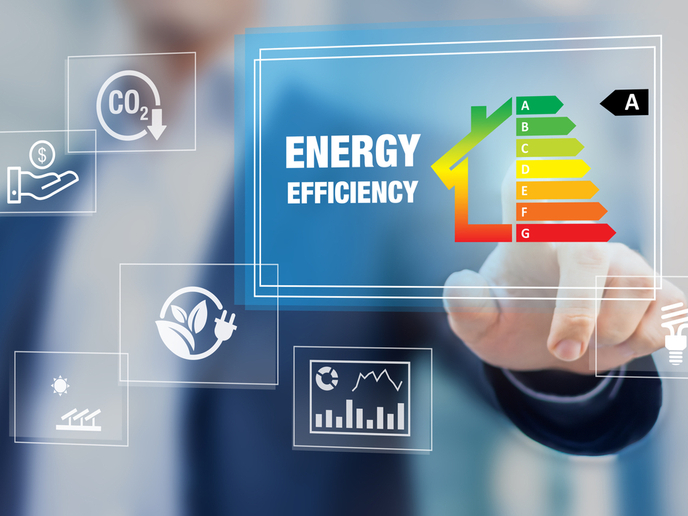Quality and cost-effectiveness key to successful renovation
Buildings are responsible for 40 % of the EU’s energy consumption and 36 % of its greenhouse gas emissions. Simply transitioning away from fossil fuels towards renewables will therefore not be enough for us to meet our climate goals. Huge efforts will also be needed to make our buildings more energy-efficient. “Something like 85 % of the buildings currently standing in Europe are 20 or more years old, and 95 % of those will still be around in 2050,” notes outPHit project member Sarah Mekjian, from the Climate Alliance in Germany. “This means that renovating Europe’s existing building stock is absolutely critical.” Mekjian also points out that achieving building energy efficiency is a pressing social issue. Some 40 million Europeans were unable to keep their home adequately warm in 2022.
Environmental and social aspects of renovation
The outPHit project, which is being coordinated by the Passive House Institute in Germany, was launched in 2020 with the aim of addressing both the environmental and social aspects of renovation. This was achieved by focusing on quality assurance, as well as speed and cost-effectiveness. On the issue of quality assurance, the project has carried out a number of case study renovations that meet the energy performance requirements of the EnerPHit Standard – “perhaps the world’s most stringent and comprehensive standard for energy retrofits,” says Mekjian. The second key element of the project has been the application of prefabricated elements as a fast and cost-effective means of meeting EnerPHit standards. “We wanted to show that you can achieve deep renovation in a more streamlined way, and that it is not rocket science,” adds Mekjian. Prefabrication involves assembling components such as wall and roof structures off-site, and transporting them to the construction site. With the addition of solar panels, such concepts can transform existing buildings into completely renovated producers of renewable energy in a matter of weeks.
Climate goals and energy poverty
The project applied the principles of prefabrication and EnerPHit standards to a number of case studies in seven European countries. Buildings renovated included multifamily apartments, administrative offices and social housing. “There have been a number of success stories,” says Mekjian. “One renovated office building in France was able to remove its heaters, because occupants didn’t need them anymore.” In Greece, reticence within one apartment building turned to enthusiasm after the residents who participated in renovation works saw their energy bills drastically reduced. “Extreme energy performance is not just about reaching our climate goals,” remarks Mekjian. “It is also about the only way we are going to tackle energy poverty.”
Making basic renovation decisions
The project, which is due for completion at the end of August 2024, will continue to update and post the results of its case studies as they come online. The team also plans to develop and publish a tool that helps housing associations and residents to make basic renovation decisions. For professionals, training materials will be developed to increase awareness of prefabricated solutions, while lessons extracted from the case studies will help planners to tackle difficult situations. Once the project is completed, all information will end up on Passipedia, a comprehensive online platform for information on low-energy housing.
Keywords
outPHit, renovations, energy efficiencies, renewables, climate, EnerPHit







